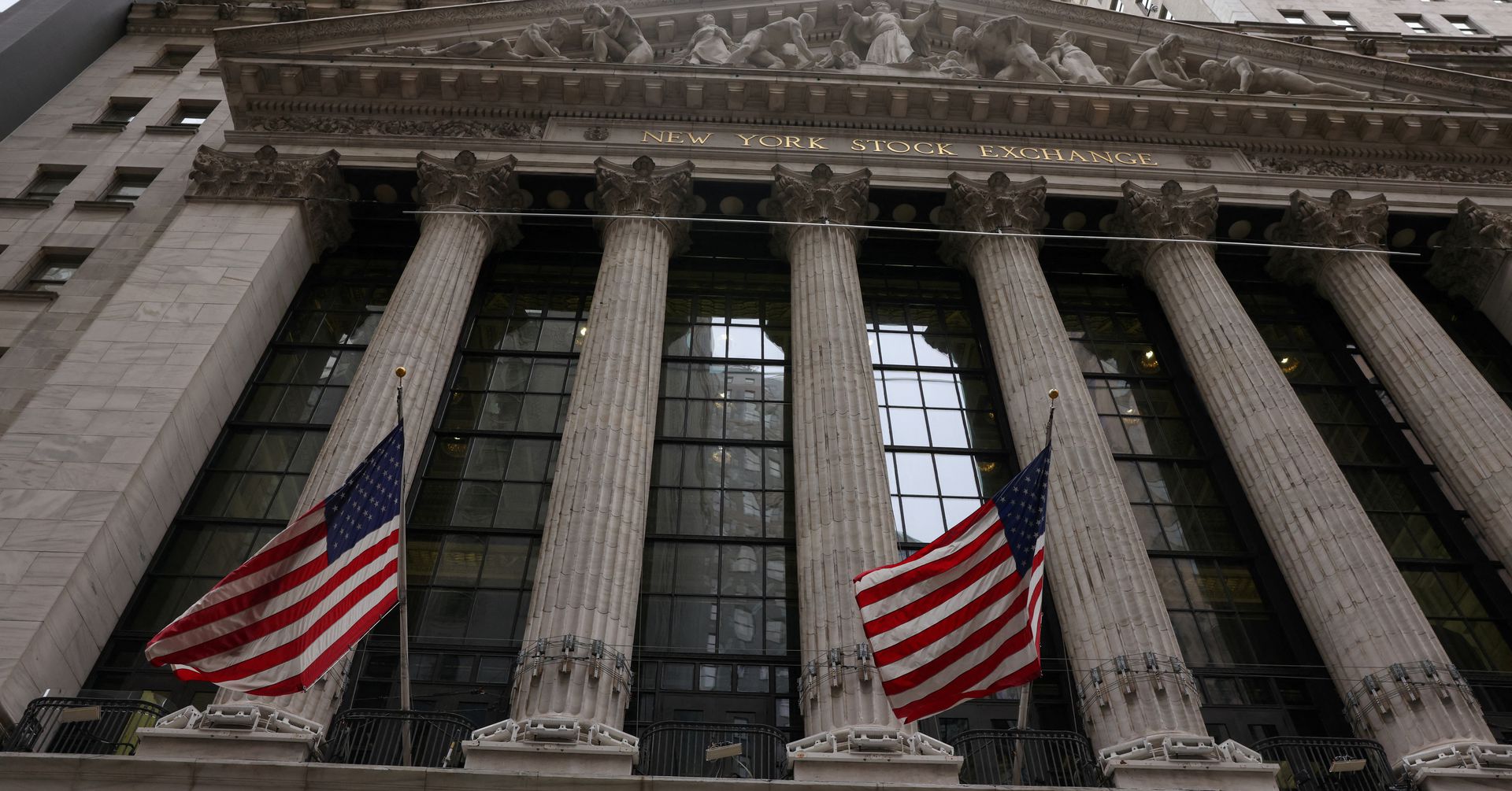
US employment market bounces back after hurricanes, adding 228,000 jobs
The US job market appears to have bounced back from the devastating storms that struck Florida and Texas in the autumn, adding 228,000 jobs in November as the unemployment rate remained at a 17 year low of 4.1%.
Hurricanes Harvey and Irma set off huge swings in job-creation numbers, released each month by the labor department, causing a sharp slowdown in September followed by a strong rebound in October.
The news is likely to ensure that the Federal Reserve will vote to raise interest rates when it meets next week. If the Fed acts as expected, it will be the third rate rise this year as the central bank moves away from its policy of keeping rates close to zero that it imposed after the recession.
Paul Ashworth, chief US economist for Capital Economics, said the latest jobs numbers “all but guarantees” another rate hike by the Fed next week.
Economists had been expecting the US to add 200,000 new jobs in November. On Wednesday ADP, the largest private payrolls company, said private companies had added 190,000 jobs in November with a strong showing for manufacturers, who hired 40,000 new workers.
“The labor market continues to grow at a solid pace,” said Ahu Yildirmaz, vice-president and co-head of the ADP Research Institute. “Notably, manufacturing added the most jobs the industry has seen all year. As the labor market continues to tighten and wages increase it will become increasingly difficult for employers to attract and retain skilled talent.”
While the US continues to add jobs at a steady pace, issues remain. The unemployment rate for whites (3.6%) is half that of African Americans (7.3 %). Unemployment for US teenagers stands at 15.9%.
Wage growth has lagged behind the recovery in the jobs market that followed the Great Recession. In November average hourly earnings for private sector employees rose 5 cents to $26.55. Over the year wages have risen just 2.5%, a tepid pace of growth and below economists’ forecasts.
Elise Gould, senior economist at the Economics Policy Institute, said the latest report showed that the economy was on the right track but added that problems remained and the Fed should think twice before raising rates.
“The economy needs to get back to full employment for all workers – young and old, black and white – to feel the positive effects of a growing economy with better opportunities and faster wage growth,” she said.
The impact of last autumn’s hurricanes appears smaller than first anticipated. The storms shut down large parts of Texas and the labor department initially calculated that the US had lost 33,000 jobs over September, the first time in seven years that the US monthly total had recorded a fall.
After reassessing the numbers, the US now believes the economy actually added 38,000 new jobs over the month.







